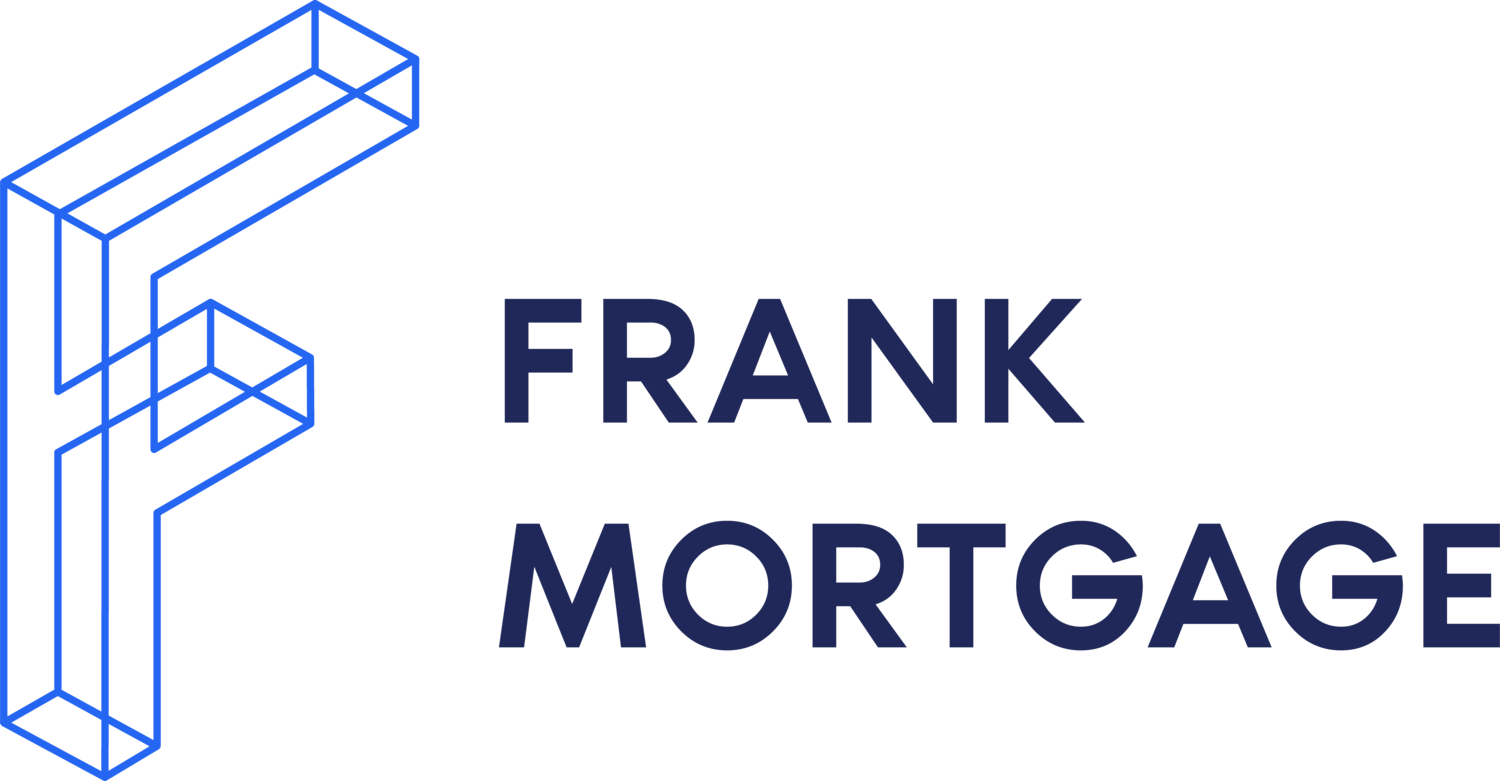The Stress Test Adds Stress
The Canadian mortgage stress test hurts Canadian borrowers. All mortgage underwriting criteria are obstacles that borrowers must overcome to qualify for a mortgage. However, an arbitrary measure, like the stress test, unduly places the burden on mortgage borrowers, rather than on the financial institutions the federal authorities wish to safeguard.
Mortgage Stress Test Overview
Canadian mortgage borrowers are required to pass a “stress test” to qualify for a mortgage. Lenders calculate debt service ratios for a borrower to determine whether they can afford the mortgage loan being proposed. In this debt service calculation, the lender needs to use the higher of two interest rates:
i) The Qualifying Rate, which is currently 5.25%, or
ii) The mortgage rate plus 2.0%.
The Qualifying Rate is an arbitrary number that has changed over time. It is meant to protect regulated lenders and mortgage insurers during a period of prolonged low interest rates and increased household indebtedness (driven by low interest rates) by testing borrowers to ensure that mortgages can continue to be paid if interest rates rise.
Federal authorities (i.e., The Bank of Canada) have maintained an extended low interest rate policy for a long time. In response, Federal authorities (i.e., OSFI and the Department of Finance) enforced a stress test harmful to borrowers that is meant to protect the financial institutions from a change in the low-rate environment. Got that? Given that all these Federal authorities are part of the same Government, the Government is now making average Canadians pay the cost for them to hedge against their own actions.
Background
The federal government has taken several steps in recent years to attempt to incentivize good risk taking in the housing market. Some are focused on the risks that lenders take, and some are focused on helping borrowers. The Government continues to tinker, including measures introduced in the April 2022 Federal Budget that are meant to stimulate demand by providing new tools to help new homebuyers. While the budget measures are currently being debated and the Bank of Canada is gearing up for more rate hikes, the stress test is being quietly left untouched.
The stress test rate for uninsured, or conventional, mortgages is determined by OSFI (the Federal financial regulator). The stress test rate for insured mortgages is determined by the Department of Finance, which oversees the CMHC. They moved the rate lower in the past when interest rates declined and in June 2021, they raised the stress test rate from 4.75% to 5.25%. Neither has made recent comments about the stress test.
The Mortgage Stress Test Today
The Qualifying Rate (currently 5.25%) for mortgages has traditionally been set far above current market rates. As a result, the stress test rate has been the Qualifying Rate, because it is greater than the existing mortgage rate + 2.0 percent. Now that most five-year fixed rate mortgages have rates greater than 3.25%, this has changed. For example, if your new mortgage's fixed rate is 4.09 percent, the stressed rate will be 6.09 percent (4.09 percent plus 2.0 percent).
Problems With the Stress Test
The Qualifying Rate is arbitrary. If we were to believe that the Qualifying Rate was set using some quantitative risk formula, then we would have seen it raised above 5.25% by now;
The stress test loses any potential meaning in a rising rate environment. If central banks raise rates multiple times this year as expected and the bond market follows, then how many times must the Qualifying Rate be increased? If it is steadily increasing what is its purpose? What is the meaning of a stress test that adds 200 bps to your mortgage rate if the market expects interest rates to increase by a similar amount over the next year?
It is the only underwriting measure permitted to be prospective. To determine your credit worthiness, underwriting takes a snapshot of your current status and looks in the past at some items. Underwriters can’t project your income growth moving forward nor can they give your ratios credit for principal paydowns in the future. Now, all of a sudden, they must look forward at interest rates possibly increasing while assuming that everything else remains the same. Once again, this is arbitrary;
Borrowers who qualify on all traditional underwriting criteria, like many first-time homebuyers just establishing their financial future, but fail the stress test can be forced into taking out an Alt mortgage or even a private mortgage at much higher interest rates. Wouldn’t it be better if the Government encouraged rules for mortgage underwriting that helped good first-time homebuyers into low-rate mortgages? The stress test does the exact opposite. Why did the authorities concoct a measure that steers so many first-time home buyers to higher-cost lenders?;
No one should be surprised that an arbitrary, external variable like the stress test rate could have unintended consequences. With rates moving higher and the Qualifying Rate staying the same, the stress test can deter borrowers from making the best decisions. The Qualifying Rate for the stress test for a fixed rate mortgage is now higher than the Qualifying Rate for a variable rate mortgage. Borrowers who are currently unable to qualify for a fixed rate, due to the stress test, may still be able to qualify for a variable rate. That may get a borrower into a mortgage, but unfortunately this federal policy may push some marginal borrowers into riskier variable rate mortgage products at a time when rates are rising;
The market factor that triggered the stress test is the unprecedented and prolonged period of low interest rates. This is a situation manufactured by the Government. Making marginal borrowers pay the most for this is economic discrimination that disproportionately affects lower- and middle-class new home buyers.
All these problems result from bad policy.
A Pro-Bank Bias Works Against Borrowers
Borrowers are now faced with increasing borrowing costs due to rising rates. Homeowners are looking at the potential for the market to soften, or even correct. In this situation, will the Federal authorities increase the stress test Qualifying Rate, putting further pressure on mortgage borrowers, and risking the perception that they are kicking them when down? This dilemma underscores the stress test’s impracticality. It does not make sense in an increasing rate environment, for which it was designed to protect against.
As OSFI stated when they introduced the stress test in 2018 – “Mortgages are typically one of the largest exposures that banks carry on their balance sheets. Ensuring that borrowers can continue to repay their mortgage loans strongly contributes to the safety and soundness of Canada’s financial system.” In other words, we are going to make borrowers pay for the added protection banks require. Why is it that the authorities always favor protecting the banks at the expense of main street?
The Stress Test Needs to be Reconsidered
Would it not have been fair to have the banks hold more reserves against their mortgage exposure rather than make borrowers pay to protect the banks? Perhaps that would lead to higher mortgage rates but not to the extent experienced by borrowers forced into Alt mortgages because they marginally fail the stress test.
Housing and mortgage finance policies should focus on the needs of individual Canadians. Make the banks accountable for any underwriting indiscretions. Make the banks hold more reserves if there is a perceived increase in the risk. Dear Ottawa, remove the stress test and govern for the people, not the institutions. Perhaps we will then have more happy homeowners in Canada. Wouldn’t that be a good, and popular, outcome for a federal policy?

Don Scott
Don Scott is the founder of a challenger mortgage brokerage that is focused on improving access to mortgages. We can eliminate traditional biases and market restrictions through the use of technology to deliver a mortgage experience focused on the customer. Frankly, getting a mortgage doesn't have to be stressful.
Connect with Don on LinkedIn!


